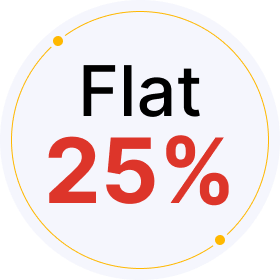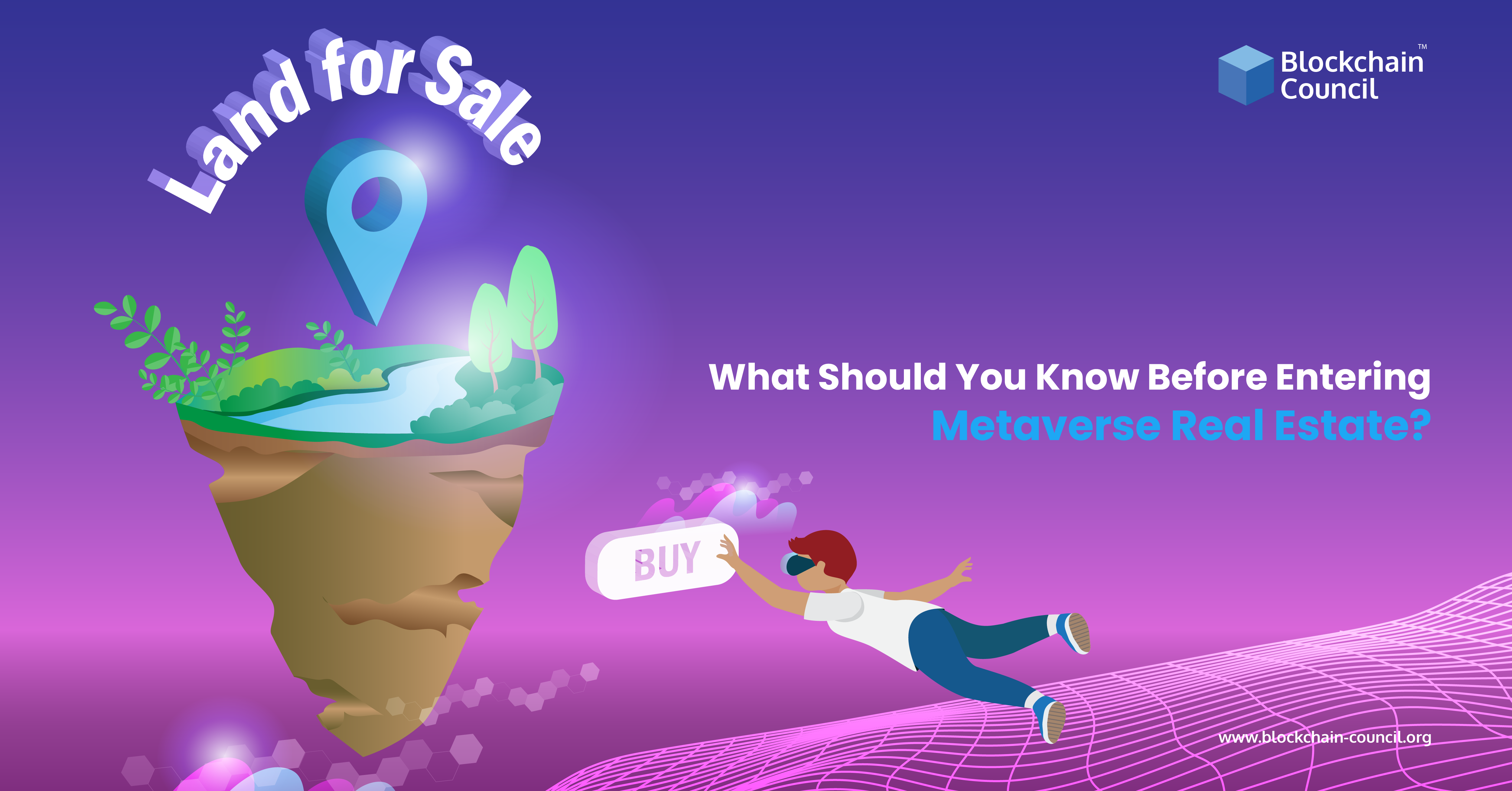
- Ayushi Abrol
- February 23, 2022

Digital assets like music, art, clothing, and even real estate may directly be purchased and sold on both of these websites.
The idea of valuing digital assets is new for most of us. How could we possibly employ non-tangible real estate in our lives? They’ll need locations to visit in the Metaverse in the same way that avatars require things to wear. When it comes to this, digital real estate comes in handy.
What is Metaverse?
Users are linked in every area of their life through the Metaverse, an online, 3D, virtual realm. Using a single web browser, users would view various websites on several platforms.
Despite the fact that the metaverse notion was previously a fantasy, due to technological advancements, it now appears to be a reality in the future.
In the Metaverse, each user will control a character or avatar using augmented reality. For example, you might use an Oculus VR headset to have a mixed reality conference in your virtual workplace, then relax and play a blockchain-based game to unwind after work.
Some of the Metaverse’s features may already be found in virtual video game environments. Many aspects of our lives are brought together in virtual environments like towns. These aren’t the same as the Metaverse, but they’re close enough. The Metaverse has not yet been established.
In addition to enabling games or social media, the Metaverse will include economics, digital identities, decentralized government, and other uses. Today, user-created and owned products and currencies assist in building a single, unified metaverse. Blockchain can fuel this new technology because of all of these properties.
What is Real estate in Metaverse?
The virtual existence of land or NFT properties have changed our overall perspective of digital assets. Every facet of life is moving to the virtual realm as technology progresses hand in hand with civilization. Work, school, and conference activities gradually shift into the digital world. Thanks to modern technology, using a tablet, smartphone, or computer, anybody may easily accomplish their tasks. The virtual real estate NFT frenzy, on the other hand, has come as a complete shock to the system.
NFTs, or non-fungible tokens, have been around for a while now. You’ve also heard about how NFTs are expected to impact the digital art scene by the year 2021 significantly. You may have never heard of blockchain real estate, which can only be accessed online.
Virtual real estate NFTs may also be linked to real-world structures. These virtual structures often influence the design and development of real-world properties.
In 2020, an online auction sold digital artwork for more than USD 500,000.00. The sale of the first NFT digital home was a watershed event in the development of NFT technology. The virtual real estate NFT frenzy began with this deal.
A block of property on the well-known Decentraland was sold for approximately $300,000, according to NFT monitoring site NonFungible. Another popular game, Somnium Space, claims to have sold a plot for more than USD 500,000. People may interact with one another, attend events, and do other activities they would ordinarily do in the real world in these digital environments (also known as “metaverses”).
Difference Between Virtual And Physical Real Estate
When it comes to physical features like immobility and uniqueness and economic ones like scarcity and location, real estate in the Metaverse may be compared nearly precisely to that in the actual world. Despite the Metaverse’s resemblance to the virtual world, there are plenty of differences as well.
It’s crucial to keep these variations in mind when purchasing metaverse land or to plan a metaverse venture. As an investor, you must understand the primary distinctions between the two, from their purpose and limits to their creation cost.
A place to eat, sleep, breathe, and live is included in more mundane tasks like washing and drying clothes. Even if you don’t own any real estate, it’s challenging to get by without it. While shopping, relaxation, and social activities might all be enjoyable, they aren’t vital for survival in the Metaverse.
-
Data in the Metaverse is scarce
There are certain global areas where real estate records may be traced back thousands of years. On the other hand, before 2003 (the year Second Life was founded), the Metaverse didn’t exist in any form. That implies there isn’t a lot of data to work with right now, so it’s all reasonably speculative at this point.
-
A centralized authority does not exist to keep track of your ownership
Despite the fact that your purchase of an NFT is recorded on the blockchain, no one other than you has any way of knowing who owns it. You may keep a record of your property ownership in a digital wallet. Since there is no central authority to retain a master list of sorts, some users have made the expensive error of forgetting their wallet passwords — and all of their NFT assets.
-
No restrictions on platform sizes, but lots are confined
While each metaverse platform has a fixed number of lots, there is the possibility for infinite media. Users may not assume your platform will be hot forever and prefer to go elsewhere, even though scarcity generally applies to all platforms. Rather than thinking of the Metaverse as a single world with a finite quantity of land, it’s vital to conceive it as a collection of planets between which humans may travel.
-
A metaverse platform may shut down at any time
Because this is very important, pay attention. If a platform fails due to a lack of financing or interest, metaverse property may just disappear.
-
A limited set of rules governs metaverse attributes
It’s impossible to design or zoning constructions in the Metaverse, so you can only build what you can conceive and what would fit on your lot. It’s also wonderful that there are no taxes at the moment.
Event spaces and even businesses can be more efficiently designed without worrying about things like storage, restrooms, or additional square footage for social distance since there is no such thing as a metaverse fire code or public health threat.
-
The cost of building is really inexpensive
Metaverse blockchain construction costs are far lower than they would be in the real world since much of the money is spent on design rather than on actual materials (which may be found for free on any platform or at a very cheap cost if imported). Furthermore, the land is less expensive in contrast, and no infrastructure, such as water lines or sewage, is required.
-
There is no geographical boundary to the Metaverse
There are no geographical limitations when it comes to seeing events like the virtual New Year’s Eve ball drop in New York City, which took place last week. To make events more accessible, this might also benefit localized companies since they don’t have to spend money expanding their global reach.
Advantages Of Metaverse Real Estate
Our recommendation to gather information before investing in metaverse real estate is a serious one.
-
Well-known brand names are invading the Metaverse
Big-name businesses such as Nike (NYSE: NKE) are making a foray into the Metaverse (no pun intended). RTFKT, a manufacturer of NFT footwear, was recently purchased by the corporation, which was reported just a few weeks ago.
To ensure that every avatar in the Metaverse has Nike shoes on, the company is going big and fast with this push. Rather than watching to see what other firms are doing, it’s figuring out how to take advantage of the technology driving these platforms.
Some items sold for as much as $4,100 in Robux when resold, showing that there is a demand for branded goods on both the primary and secondary markets. Prices ranged from $1.20 to $9 per item.
-
The Metaverse is being flooded with millions of dollars from developers
It was only a week ago that Tokens.com had broken the previous record by acquiring a $2.5 million piece of property in Decentraland with a $4.3 million land acquisition from Republic Realm. That’s a lot of spending money.
With this in mind, we can’t help but wonder whether this is only a PR ploy or if these corporations are serious about creating locations like virtual malls and other rentable buildings (for example, where Nike may put up shop). They’ve got business plans to show it, and they’re as serious as cancer.
-
This isn’t a new phenomenon in the Metaverse
They may be relatively new, but they’re far from the first instances of individuals generating money in virtual real estate by investing in virtual properties. Ailin Graef, the first Second Life billionaire, was profiled by Bloomberg in 2006. With a virtual world wealth built up over two years in Second Life, she invests extensively in technological companies and is a significant player in the Second Life community.
Disadvantages of Metaverse Real Estate
With so much potential for those who time their entry just right, the metaverse crypto coins is unquestionably the most exciting thing to happen to investors in recent memory. There’s no shortage of opportunities in the real estate investing world, from the virtual equivalent of short-term rentals to long-term holdings to commercial leases.
The Metaverse, however, is not a risk-free venture, nor is it free of issues. Despite the many advantages of the Metaverse, you should be aware of certain potential drawbacks before jumping in headfirst.
-
The market for metaverse qualities is currently small
Keeping this in mind while dealing with metaverse real estate may be the most crucial thing to remember. It’s a specialized market, but one with a devoted following. You have to accept that your market is tiny and that it may stay that way, much like developers who construct only mega-mansions.
According to NonFungible.com, in the 365 days before December 21, 2021, metaverse property transactions totaled 128,902 in total (this also includes avatars). Virtual real estate blocks are still being sold for $1 million, as well as a growing number of high-profile businesses, so it’s not a dead market.
-
You’ll lose your money if a metaverse platform goes under
Anyone who has invested in anything knows that there is always a chance that their money will not be returned if the venture fails from their metaverse wallet.
Members may have a say in whether or not the platform closes, but the person in charge of paying the bills may turn off the platform’s power if there isn’t enough money to cover the costs. Before you panic, keep in mind that Second Life, one of the original metaverse systems, has been running since 2003.
-
The Metaverse isn’t really good for the real world for a variety of reasons
Walking about in the Metaverse, it’s easy to forget that it’s a computer and electricity-powered recreation of the real world. In contrast to metaverse platforms, the cryptocurrency security that fuels them isn’t doing nearly as much to reduce their environmental footprint.
It is estimated that Bitcoin mining uses 91 tera-watt hours of energy annually, which is more than Finland’s whole population of 5.5 million people and only accounts for 0.5% of the total electricity used globally.
But you can assist by purchasing carbon offsets for your metaverse investments, or you can use your real-world voting power and voice to fight for more ecologically friendly methods to create energy, which will help reduce the effect of metaverse effects on the physical world as well.
Should You Really Invest In Them?
In the early stages of a platform’s development, it’s impossible to tell if it will be a success or a failure. To be sure, picking the next big platform may bring in a nice profit; yet, if you don’t keep an eye on things, you might quickly lose all your money.
Don’t let the popularity of established platforms frighten you away; there is still a lot of money to be earned there. In areas like Decentraland or The Sandbox, you won’t see returns of 1,000%, but you may still see constant returns, similar to what you’d earn in the real estate market in the real world.
To Sum It Up
Executives in technology innovation must recognize, study, and follow emerging technologies to enable business leaders to build new products, alter their businesses, or manage any hazards. Taking into account the metaverse‘s potential influence on strategic corporate innovation is a must.
People will be able to duplicate or improve their physical activities via Metaverse. Alternatively, the actual world might be transformed into a virtual one or vice versa. Despite the fact that the Metaverse’s purpose is to merge many of these activities, there are now several Metaverses with a restricted set of capabilities.






























































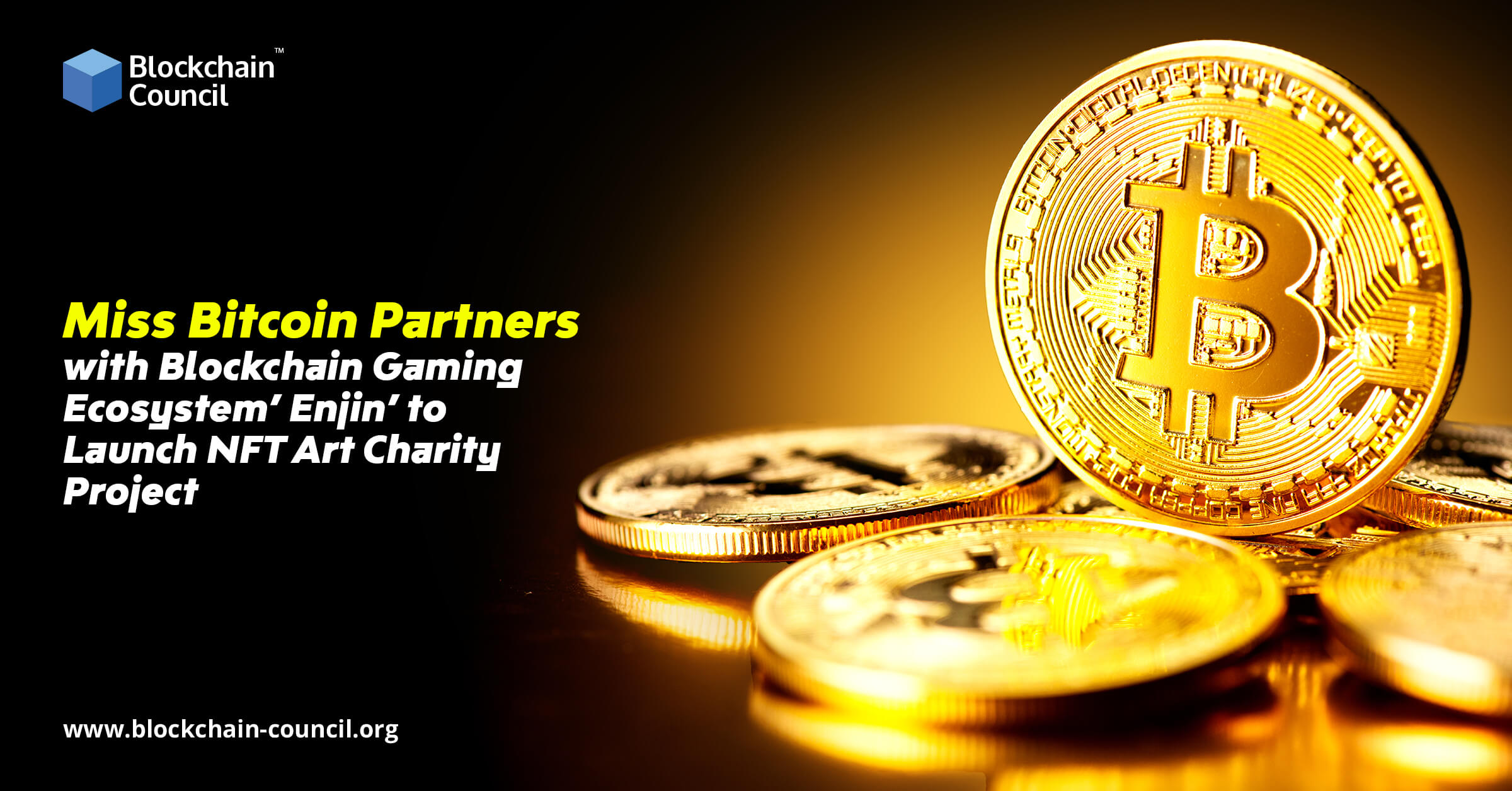
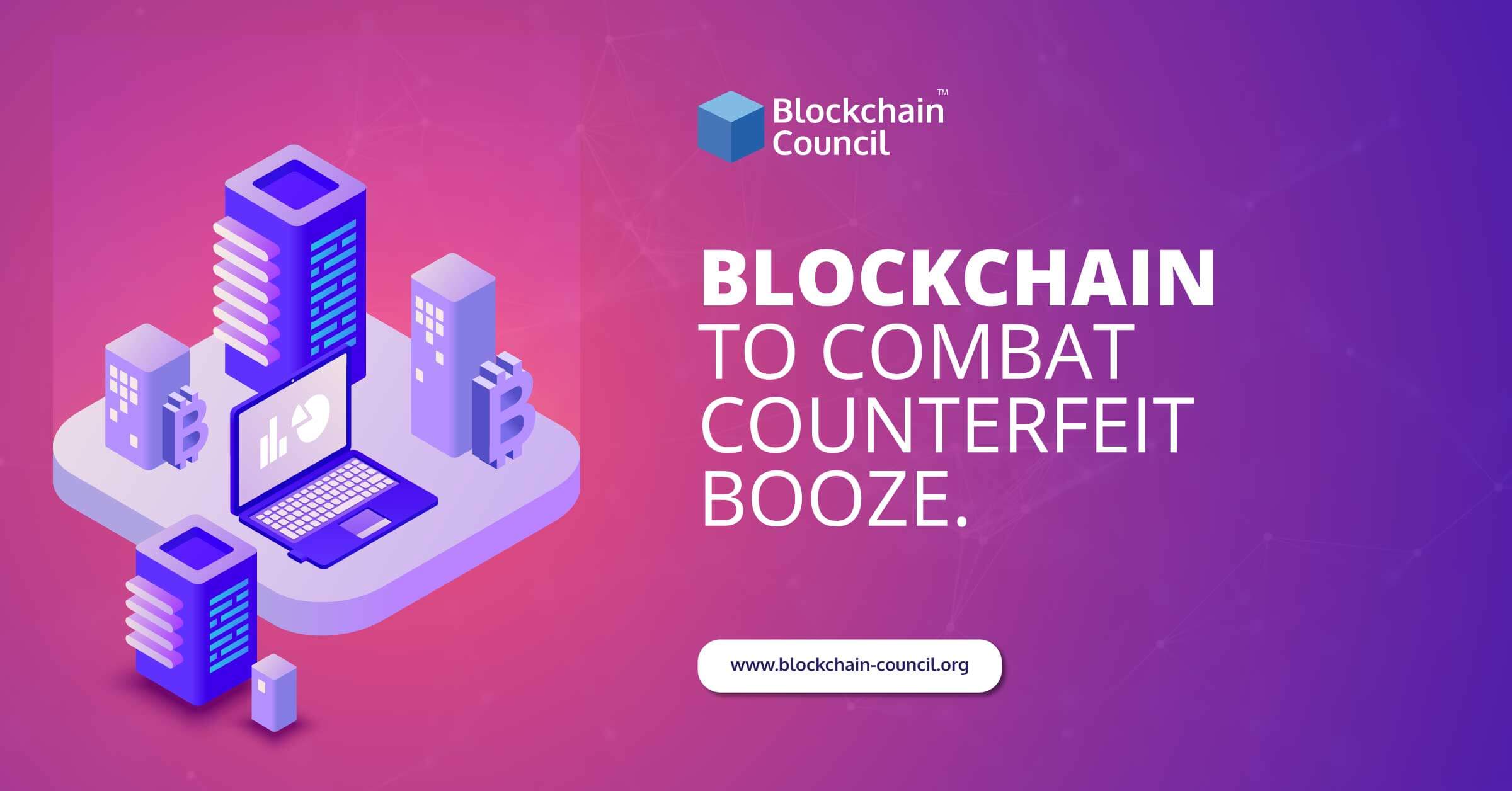
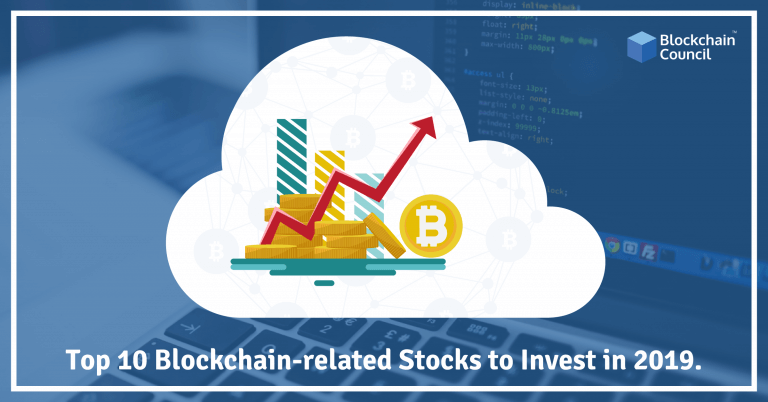

 Guides
Guides News
News Blockchain
Blockchain Cryptocurrency
& Digital Assets
Cryptocurrency
& Digital Assets Web3
Web3 Metaverse & NFTs
Metaverse & NFTs